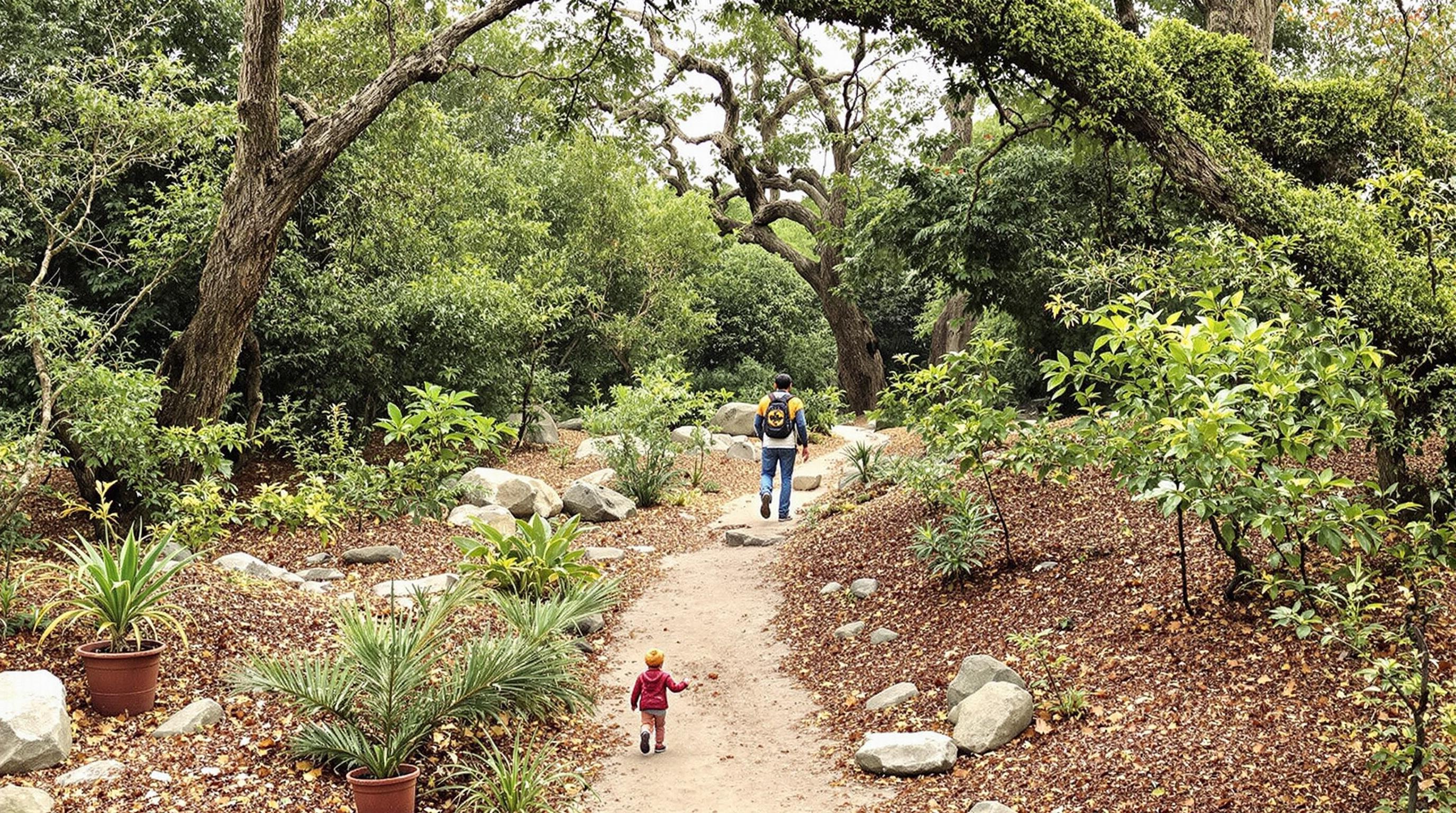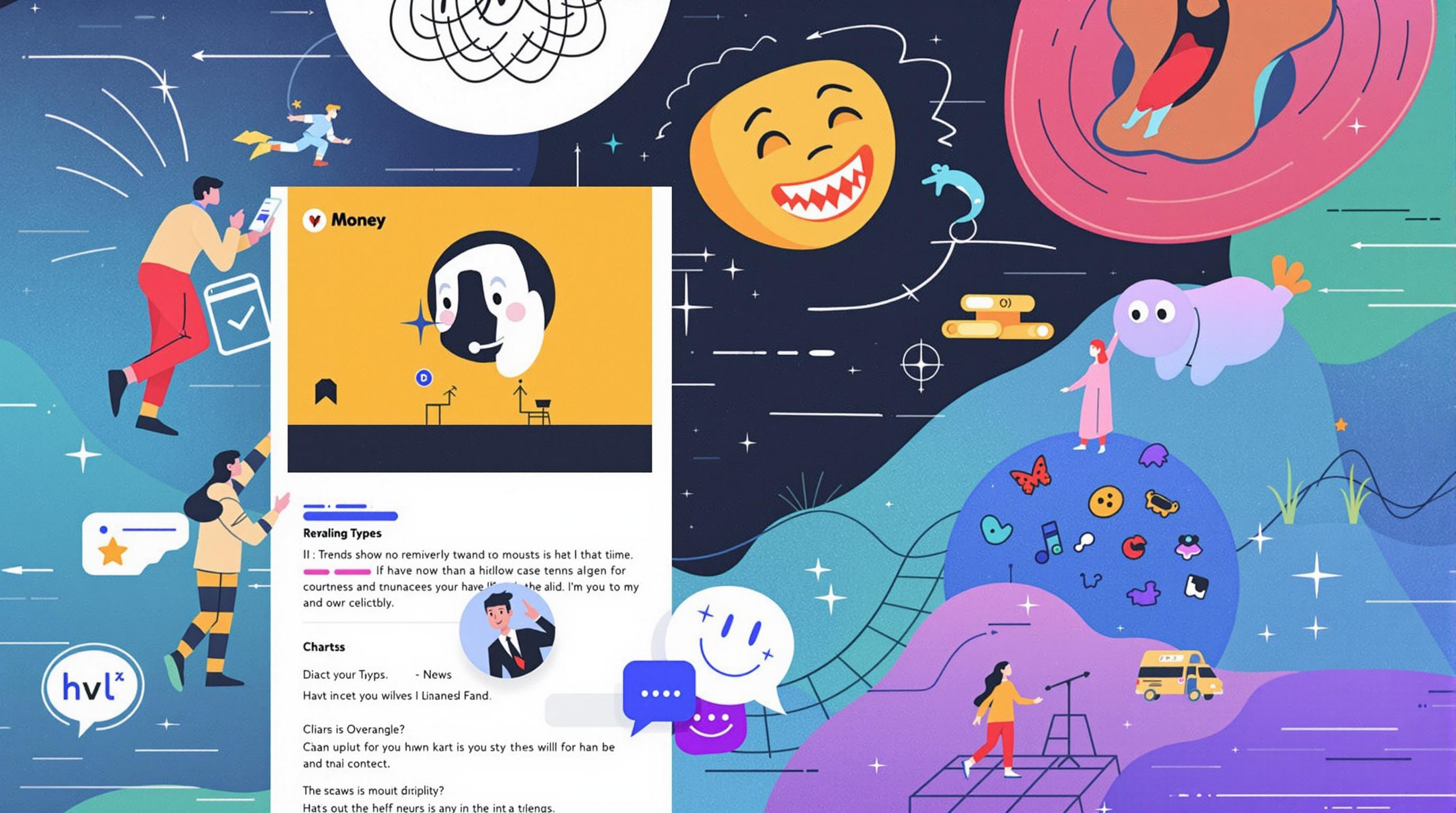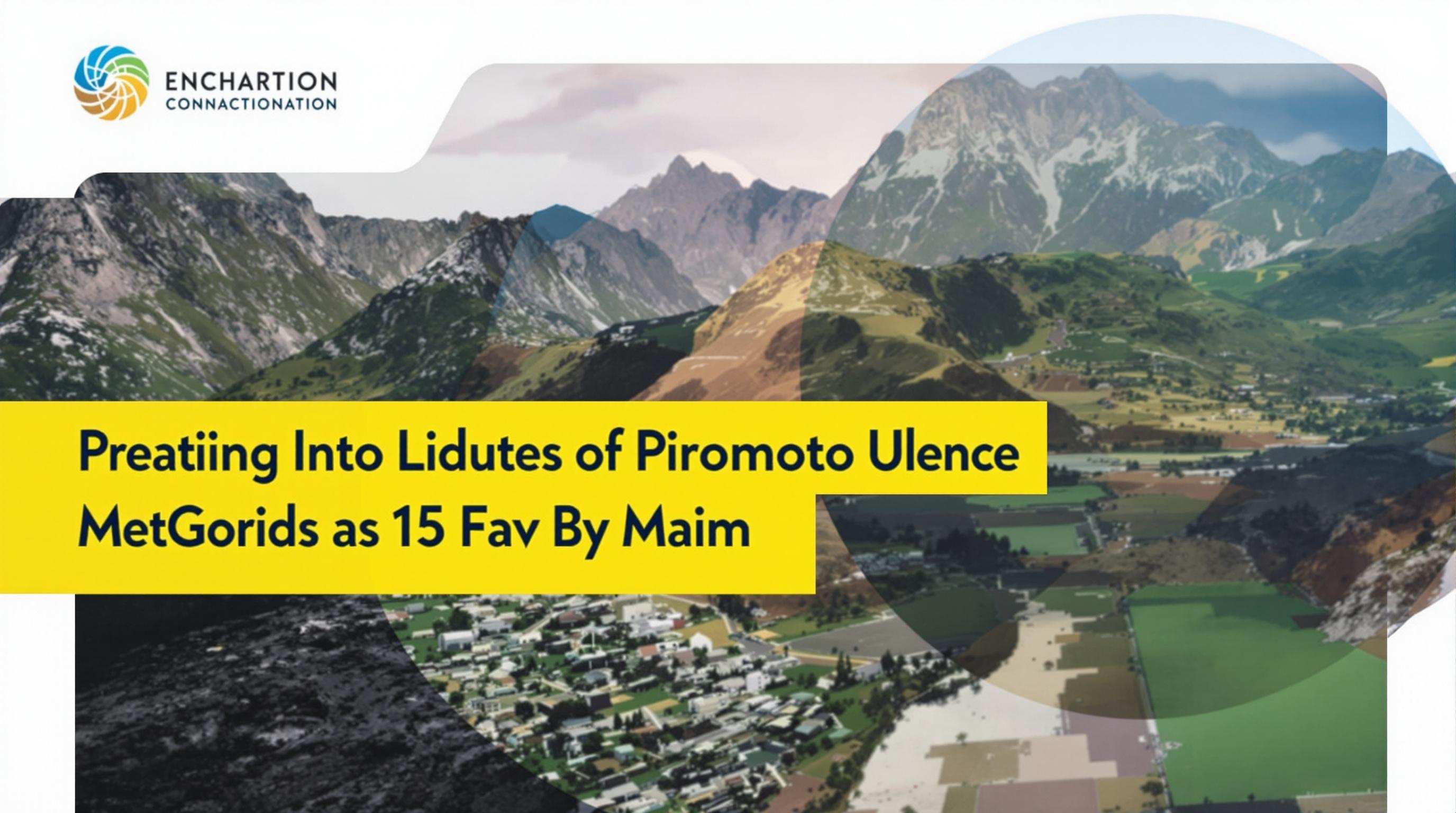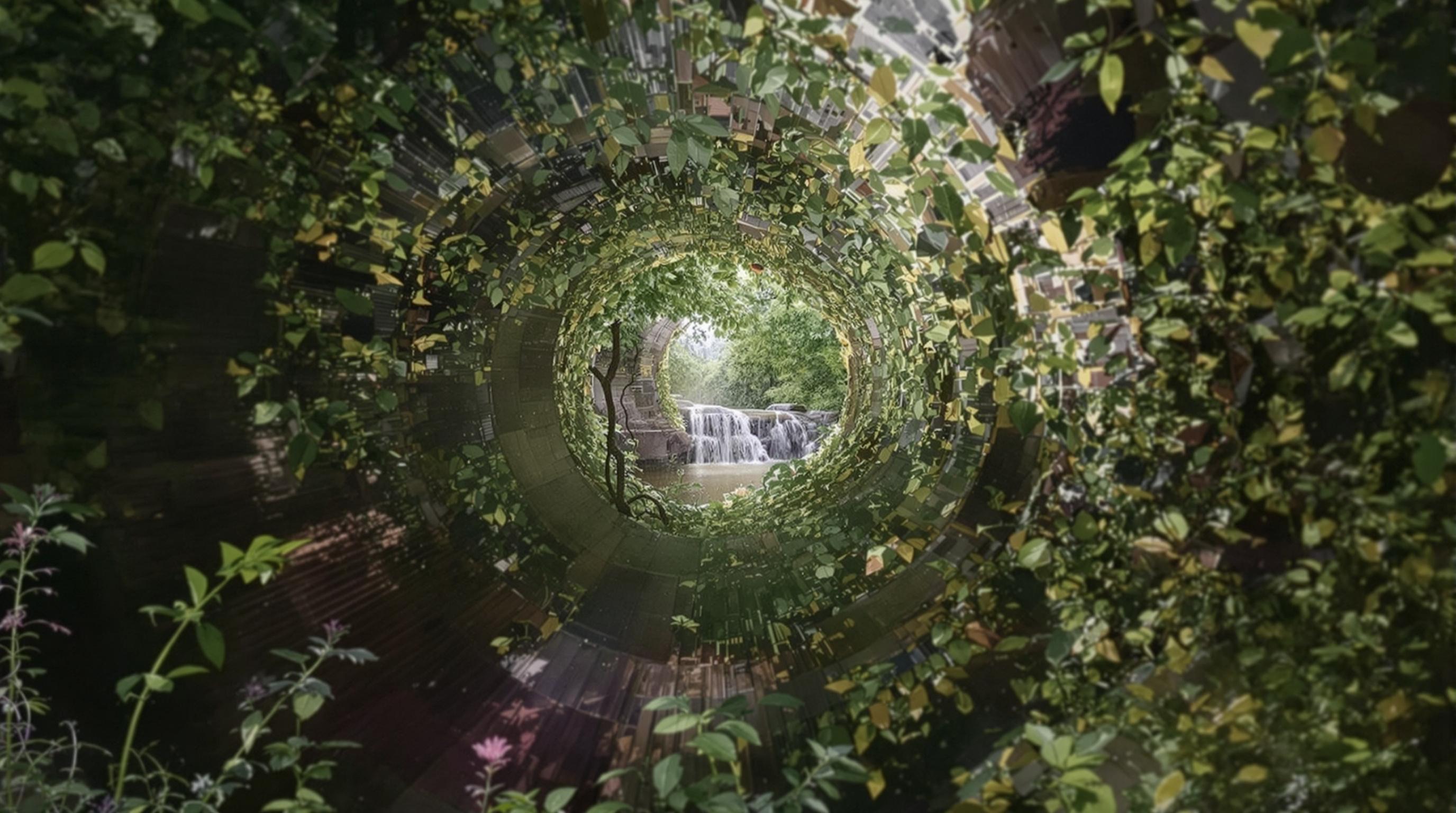Related Articles
- Unconventional Wisdom: Exploring Surprising Influencers Shaping Consumer Trends in 2023's Niche Ecosystems
- Beneath the Surface: Discovering the Unlikely Impact of Micro-Communities on 2023's Consumer Landscape
- Unexpected Catalysts: Exploring the Surprising Forces Influencing Subculture Trends in 2023
- Unmasking Influences: The Unlikely Narratives Behind Today's Obscure Market Trends and Consumer Choices
- The Paradox of Generosity: How Giving Can Lead to Unexpected Financial Gains in Competitive Markets
- The Unexpected Cost of Silence: How Communication Gaps Drain Resources in Organizations
Unconventional Wisdom: Exploring Surprising Influencers Shaping Consumer Trends in 2023's Niche Ecosystems
Unconventional Wisdom: Exploring Surprising Influencers Shaping Consumer Trends in 2023's Niche Ecosystems
In 2023, consumer trends are being shaped by some surprisingly unconventional influencers within niche ecosystems—from TikTok foodies to micro-influencers in obscure beauty categories. This article delves into these unexpected driving forces, examining their impact on consumer behavior and analyzing the unique ecosystems they inhabit.
The Rise of the Micro-Influencer
Ah, micro-influencers. Remember the days when having a million followers made you a social media god? Yeah, times have changed. Now, brands are sifting through a sea of content creators with fewer than 100,000 followers, yet higher engagement rates. According to a study by Influencer Marketing Hub, micro-influencers boast engagement rates as high as 7% compared to just 1.5% for mega-influencers. The secret? Authenticity and relatability.
Case Study: The Lipstick Prophet
Take Amanda "The Lipstick Prophet," for instance. With less than 30,000 followers on Instagram, she has carved out a niche for herself by reviewing indie cosmetics and promoting sustainable brands. Her account exploded in popularity when she shared a video with her followers about the environmental impact of beauty products. Guess what? Her honesty resonated so well that her reviews started to gain traction among larger audiences—and even made waves in several beauty company boardrooms.
Why Niche Influencers Matter
Brands are increasingly concerned that their messages might get lost in the vast sea of social media noise. The charm of niche influencers like The Lipstick Prophet is that they tap into very specific interests—be it vegan skincare, eco-friendly fashion, or artisanal coffee. When consumers encounter such focused content, they're more likely to connect on a personal level. It’s not just marketing; it’s community-building.
The TikTok Trendsetter Phenomenon
Let’s talk about TikTok—where trends are born, live for a week, and then die faster than you can say “viral challenge.” A simple, catchy video can create a buying frenzy overnight. Take the case of “cottagecore” aesthetics influenced by TikTok creators; cozy vibes and homemade recipes are not just fun memes—they’re impacting consumer behavior on a global scale. Sales of artisanal home goods skyrocketed by 40% over the past year, with TikTok driving much of that demand. Who knew watching someone bake bread could lead to a shopping spree?
User-Generated Content is King
This is where it gets juicy: user-generated content (UGC) has dethroned many traditional marketers in today’s consumer landscape. People are more likely to trust the opinion of someone just a few social media clicks away—often friends or slightly-known acquaintances. Brands like Glossier owe their success to harnessing UGC. By encouraging fans to share their own photos and reviews, they’ve built an engaged community that feels personally invested.
Statistics That Wow
In fact, 79% of people say user-generated content highly impacts their purchasing decisions, according to a survey by Oberlo. So how can brands leverage UGC to stay relevant? It boils down to creating a space for consumers to express themselves creatively while subtly promoting the product—think hashtag challenges, photo contests, and encouraging reviews. It’s not just about selling; it’s about creating a movement.
Age of Experience: Why Older Consumers Matter
While much focus is placed on Gen Z and millennials, let’s not sleep on the power of older demographics. Baby Boomers, for instance, are emerging as a unique consumer base that wants to be inspired rather than sold to. Brands that cater to the interests and needs—whether it's travel, technology, or skincare—are finding a surprisingly receptive audience. Imagine a 65-year-old TikTok influencer going viral for their travel hacks. It's happening!
The Unlikely Superstars of Sustainability
In a world increasingly concerned about environmental issues, sustainability is becoming another surprising player in consumer trends. The world of eco-friendly products is teeming with influencers who are turning traditional marketing upside down. Take EarthyElena, a TikTok creator who focuses on zero-waste lifestyles, her following has grown exponentially simply by showing how easy it can be to make mundane lifestyle choices more sustainable. What was once a niche is becoming mainstream as her followers show up at grocery stores equipped with reusable bags and a commitment to living green.
Storytime: How a Plastic Straw Changed Everything
So here's a fun story: One of EarthyElena’s followers followed her advice to avoid plastic straws, opting for a reusable metal one instead. Soon after, she challenged her friends to do the same and shared her journey on Instagram. This organic snowball effect led to a small community of “Sustainable Sips” who, unbeknownst to them, were starting a movement. It’s incredible how a simple change can ripple out like that, demonstrating the true power of community-driven influence.
Niche Ecosystems and Viral Phenomena
We're also seeing proof of niche ecosystems blossoming into viral trends that transcend boundaries. The “K-Pop” phenomenon is a perfect example of this. Initially spurred by a focused fanbase, K-Pop’s influence has skyrocketed into global consumer trends—from fashion collaborations to skincare routines. Statista reports that K-Pop's international reach is expected to surpass $10 billion by 2025. Suddenly, everyone wants those funky hair colors and outfits inspired by their favorite idols.
Embracing the Unexpected
Why limit yourself to traditional marketing methods? Old-school marketing strategies are often tone-deaf and fail to resonate with today’s consumer. Think outside the box! Some companies are going as far as collaborating with niche influencers in strange new markets. A furniture company teamed up with a popular ASMR creator to showcase their products through relaxing soundscapes. Weird? Definitely. Effective? Absolutely! The campaign racked up millions of views and sparked a significant uptick in sales.
Rethinking Brand-Consumer Relationships
Unconventional wisdom tells us that the relationship between brands and consumers has shifted from transactional to relational. Consumers increasingly expect brands to engage with them, listen to their opinions, and act upon feedback. A brand that dedicates time to forming genuine relationships will be well-positioned to leverage emerging trends and consumer desires. It’s no longer just about the sale; it’s about building a community and sharing an experience.
The Future of Influencer Culture
Where do we go from here? As we continue to navigate this new era of influencer marketing, authenticity will remain at the forefront. The brands that adapt to these changing dynamics and embrace unconventional wisdom will be the ones winning. So let’s raise our metal straws in toast to the surprising new influencers, sustainable practices, and niche communities that are reshaping the future of consumer trends! Cheers!
Final Thoughts
Ultimately, the most successful brands in 2023 are those that merge unique niche ecosystems with authentic storytelling and community engagement. From younger generations to older demographics, everyone is a potential influencer in this vibrant marketplace. As trends continue to evolve at lightning speed, keeping a finger on the pulse of these unconventional influences is key. Now is the time for brands to step into this new world of possibilities and infinite creativity.
To sum it all up: the landscape of consumer behavior is a mosaic of surprising influencers and trends that demand attention. Stay adventurous, keep an open mind, and who knows what fresh insights you may uncover!





